The Delta Lake hike in Grand Teton National Park is the epitome of hard work and reward.
Every steep false-summiting switchback deceitfully convinces you that it’s the last. Every boulder that you carefully test for stability teasingly rocks under your feet. And every tree-rooted vertical climb prompts you to ask yourself, “Why are we doing this again?”

Disclaimer: This post contains affiliate links. If a product is purchased using one of the following links, I may earn a small commission from the brand at no cost to you.
But, then, you remember the photographs you saw of Delta Lake that led you to the trailhead in the first place — the Gatorade tinted lake water and backdropping Teton that looks like a setting for a fairytale. So, you keep climbing.
You picture Delta Lake as the Lake Louise of the United States, and you want to see some turquoise glacier water without having to renew your passport.
But can you face the difficult Delta Lake hike ahead of you?

The answer is yes. Here’s how to conquer the Delta Lake Grand Teton hike.
How hard is the hike to Delta Lake?
The Delta Lake hike is difficult, but doable for healthy adults.
There’s no romanticizing endlessly steep switchbacks, muddy trails, an unmarked half-mile boulder scramble and a vertical climb at the very end. And did I mention you are hiking through black and grizzly bear country?
Regardless, the rewarding view is so worth the sweaty t-shirts and sore quadriceps. After all, it is the Lake Louise of the United States. Plus, after reading this article, you’ll be more than prepared for the Delta Lake hike.
Do you really need bear spray in Grand Tetons?
Yes, you absolutely need bear spray in the Grand Tetons. Delta Lake and Grand Teton National Park are situated in the heart of both black bear and grizzly bear country.
It should go without saying that bears can be very dangerous. Although bear attacks are extremely rare, it is likely that you will see at least one bear on your Delta Lake hike.

We saw a bear cub on our Delta Lake hike, and while the cub was cute from a distance, all I could nervously think was, “Um, where is momma bear?”
Everyone who plans on hiking in Grand Teton National Park — whether to Delta Lake or elsewhere — must carry bear spray on them, and it must be accessible.
You can buy bear spray here.
I encourage you to read this bear encounter safety article from the National Park Service to get the most up-to-date information. But, for now, here are a few bear safety basics.
Bear Safety Basics
- Always carry bear spray, and make sure the bear spray is easily accessible — not packed away in your backpack. Most bear spray cans come with a shoulder strap clip.
- Know how to use the bear spray before your Delta Lake hike.
- Clap and yell, “Hey bear!” when turning a trail corner or going through dense forestry. This warns bears of your presence and makes them less likely to attack out of fear.
- Stay away from bear cubs. If you see a bear cub, know that a protective mother is close by. Calmly and quietly walk away.
- Know the difference between a black bear and a grizzly bear. Grizzlies can be more aggressive. They are distinguished by their humped back and curved snout.
- If you encounter a bear, DO NOT RUN. This will scare the bear and provoke aggression.
- If you encounter a bear, try to slowly and quietly walk away. It is a common misconception that you should act big and scary, but this is only true for predatory wildlife (such as mountain lions or bears that are stalking you). Otherwise, you should do everything in your power to not scare the bear.
- Use the bear spray if and only if the bear is charging you.
- Do not drop your backpack because this reinforces bears to get human food.
- Protect your young.
- If a bear is stalking you, then it most likely sees you as prey. This is extremely dangerous (and unlikely). Make sure to let the bear know you are not easy prey. This is the only time you should act big and scary around a bear.
- If a bear is attacking you, get down onto your stomach, and cover your neck and head with your hands.

Basically, the goal is to not scare the bears.
Unprovoked bear attacks are almost unheard of. The majority of bear attacks occur because the human scared the bear.
What To Pack For The Delta Lake Hike
In order to ensure a timely morning departure, pack as much as you can for the Delta Lake hike the night before.
Here’s a detailed list of everything you will need to pack.
- Plenty of water. As previously mentioned, the Delta Lake hike in Grand Teton National Park is not for the faint of heart. You will need plenty of water, as it is imperative to stay extra hydrated when hiking a mountain. It is recommended to bring at least 2.5 liters of water per person for the duration of this hike.
- Picnic lunch. Once you arrive to Delta Lake, you will want to take a couple of hours to refresh and enjoy and lakeside picnic lunch. So, pack some sandwiches, chips, apples, trail mix and any other yummy packable foods your hiking heart desires.
- Extra snacks. As you know, the hike is long. Pack extra snacks to munch on while you hike.
- Insulated picnic backpack. This Delta Lake Grand Teton hike packing list item isn’t mandatory, but we love hiking with our insulated picnic backpack. It holds plenty of food and snacks, makes hiking with food a breeze, and keeps our water cold throughout every hike.
Hiking Gear For The Delta Lake Hike
- Bear spray. You can buy bear spray here or rent bear spray at Teton Backcountry Rentals for $16 USD per can per day. Whether you plan to buy or rent, though, be sure you obtain the bear spray at least one day prior to your Delta Lake hike. The stores will likely be closed in the early morning when you begin your hike.
- Appropriate hiking clothes and hiking boots. Hiking boots with ankle support (like these) are preferred, but plenty of people hike to Delta Lake with normal tennis shoes, too.
- Hiking poles, if you would benefit from the extra support.
- Swimsuit, in case you decide to jump into Delta Lake. I’m wearing this Amazon swimsuit in these photos.
- Sunglasses and/or a baseball cap.
- Sunscreen.
- America The Beautiful Annual Park Pass — if you have one. The America The Beautiful Park Pass costs $80 USD and will give you entrance into all the U.S. National Parks plus other federal lands for an entire year. Otherwise, bring $35 USD per vehicle for a one day national park pass.
- Downloaded (or screenshotted) Delta Lake hike trail map from AllTrails.
- Mini first aid kit, like this one.
- Camera gear. You can find all of the best budget camera gear for hiking and travel photography here.
How To Get To Delta Lake From Grand Tetons
You can get to Delta Lake from the base of the Grand Tetons with the AllTrails app.
AllTrails is an app that conveniently provides backcountry maps, directions, hike information and hiker reviews for basically every hiking trail out there.
I highly suggest using the AllTrails Delta Lake map for your hike, as the Delta Lake hike is completely unmarked. There are no signs whatsoever directing you to Delta Lake, and cell service is extremely limited. So, it is crucial that you have the map downloaded (which you can do with the paid version of AllTrails).
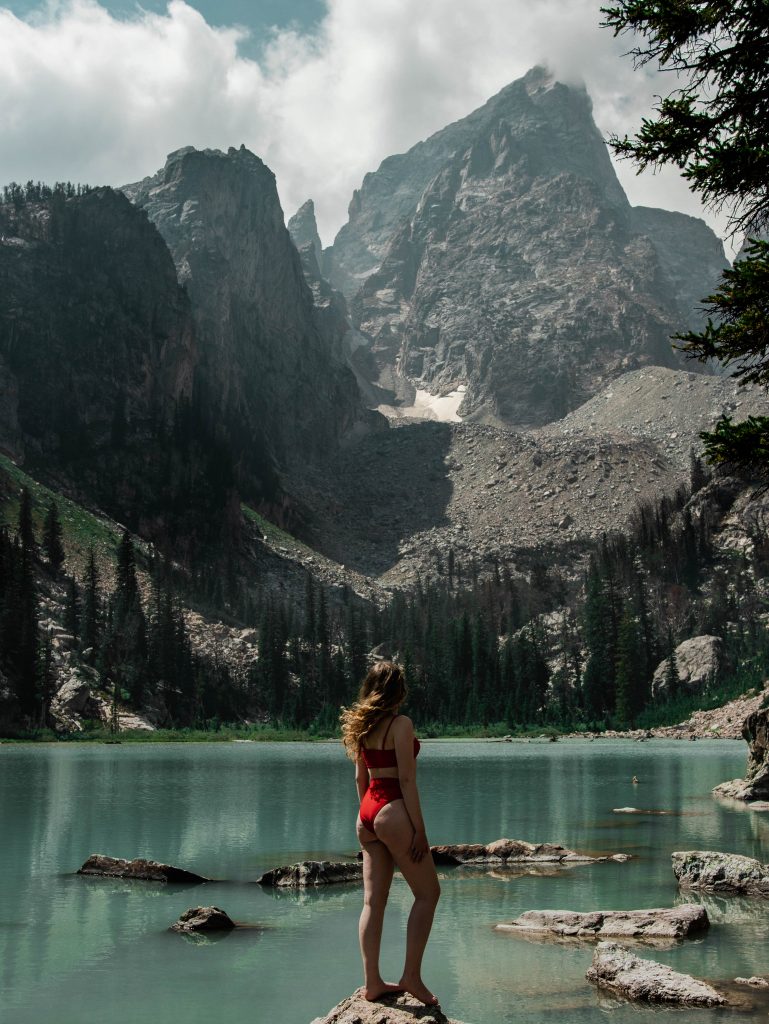
If you don’t want to spend money for the downloaded map, you can also screenshot the AllTrails map. If you keep track of your turns, you shouldn’t have a problem following the screenshot. That’s what we did and had no issues.
Furthermore, the Delta Lake hike is heavily trafficked out, so even if you feel lost, there will likely be a lot of nearby hikers to guide you.
How To Get To The Delta Lake Hike Trailhead
The trailhead to Delta Lake hike begins at Lupine Meadows Park Access. Because the Delta Lake trail is unmarked, you will not see signs that say “Delta Lake” explicitly. The trailhead GPS coordinates are (43.73562, -110.74116).
If you follow the AllTrails directions, you shouldn’t have a problem finding it.

Likewise, parking is hard to come by here, so be prepared to walk a half mile or so to the trailhead. Take the first available parking spot. It is not worth your time to drive to the trailhead to see if there is a closer empty spot. Learn from our mistake.
In addition, note that there are bathrooms located at trailhead next to the parking lot for your convenience.
How long does the Delta Lake hike take?
The trail is about 9 miles round-trip with a 2300-foot elevation gain. Expect the trek to take up the majority of the day.
In order to get to Delta Lake by midday, you will need to begin hiking in the early morning (no later than 9:30 a.m.).
This is important because it is safer to hike in bear country during daylight. You definitely don’t want to hike down the wildlife-filled mountain alone at night.
What To Expect On The Delta Lake Hike
The more you are aware of the Delta Lake hike difficulty, the less difficult it will feel while you’re actually hiking. So, here’s a quick breakdown of the hiking trail itself.
The Delta Lake Hike Starts Off Easy
The trail begins as a fairly flat walk through some dense forestry. There is mild elevation gain, but, otherwise, the first mile-or-so walk allows for a nice little warm up.
In the next couple of miles, you start to feel some more elevation gain. The pleasant walk definitely turns into a hike here, but it is still manageable.
Mentally Prepare For Switchbacks
Although most people would argue that the last half-mile of the hike is the hardest, I would actually counter that the switchbacks feel worse. There are about five switchbacks on the Delta Lake hike, and each of them are painfully long and steep.
In my opinion, this is where you physically feel the most elevation gain. But, the views are outstanding.
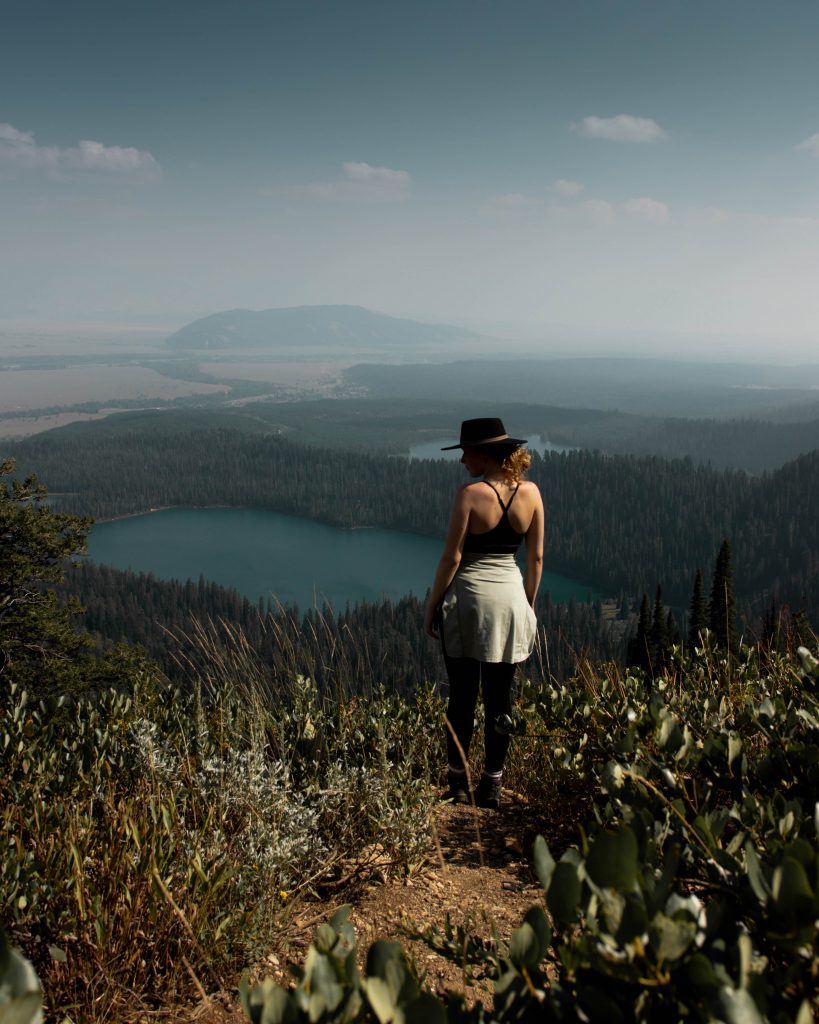
Take frequent breaks, and don’t be embarrassed to let other hikers pass you.
Odds are, you’ll end up passing them on their next break again anyway.
Prepare For A Boulder Scramble And Vertical Climb
The last half mile of the Delta Lake hike includes a daunting, unmarked boulder scramble, followed by a near vertical climb.
Even though this portion of the hike may be the most physically and mentally demanding, you seem to get a boost of adrenaline and readiness once you finally see the notorious boulder scramble.
Again, take frequent breaks and take your time here. The lake isn’t going anywhere. (And you’re almost there!)
Arriving To Delta Lake
At last, after you climb up the makeshift, root-filled, vertical dirt steps you will be rewarded with an immediate view of the dramatic, climatic (or should I say, climb-atic) Delta Lake.
Find an area to set up your picnic lunch and indulge! Rest, refuel, hydrate and give gratitude to your body for bringing you to this magnificent place.
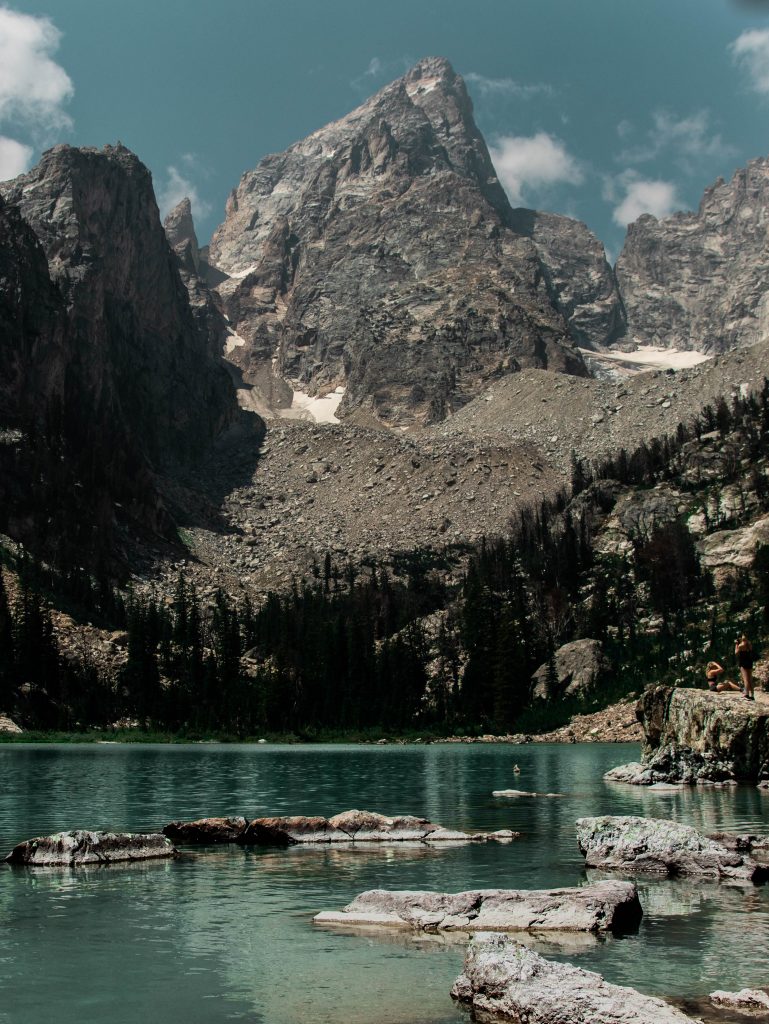
And, if you’re feeling extra brave, take a quick jump into the beautiful turquoise glacier water.
Delta Lake’s water temperature averages well below 32 degrees Fahrenheit (0 degrees Celsius), but they say ice baths are good for muscle recovery anyway, right?

I suggest you sit on the right hand side of Delta Lake for your picnic, as this will give you the best views of the lake and of the courageous cliff jumpers.
Begin Your Hike Back Down Early
After refreshing at Delta Lake for a couple hours, start your trek back down the mountain. Remember, the sun sets past the mountain extremely early, and the shadowed side of the mountain (where the trail is) gets dark fast.
Begin your hike down from Delta Lake no later than 3:00 p.m. in order to ensure enough sunlight to get back to the bottom.
Luckily, the hike back down is a lot easier and faster than the hike up. The hike is out-and-back, which means you will follow the same trail back but in reverse.
Plan Where You’ll Eat Dinner Before Your Delta Lake Hike
You’re going to be really hungry and exhausted after your epic Delta Lake hike, so I’m going to make the dinner option easy for you.
Avoid wait times and unforeseen seasonal restaurant closures by getting dinner at Jackson Lake Lodge. You can order a yummy American meal inside their lobby.
Be sure to reward yourself with a delicious milkshake!
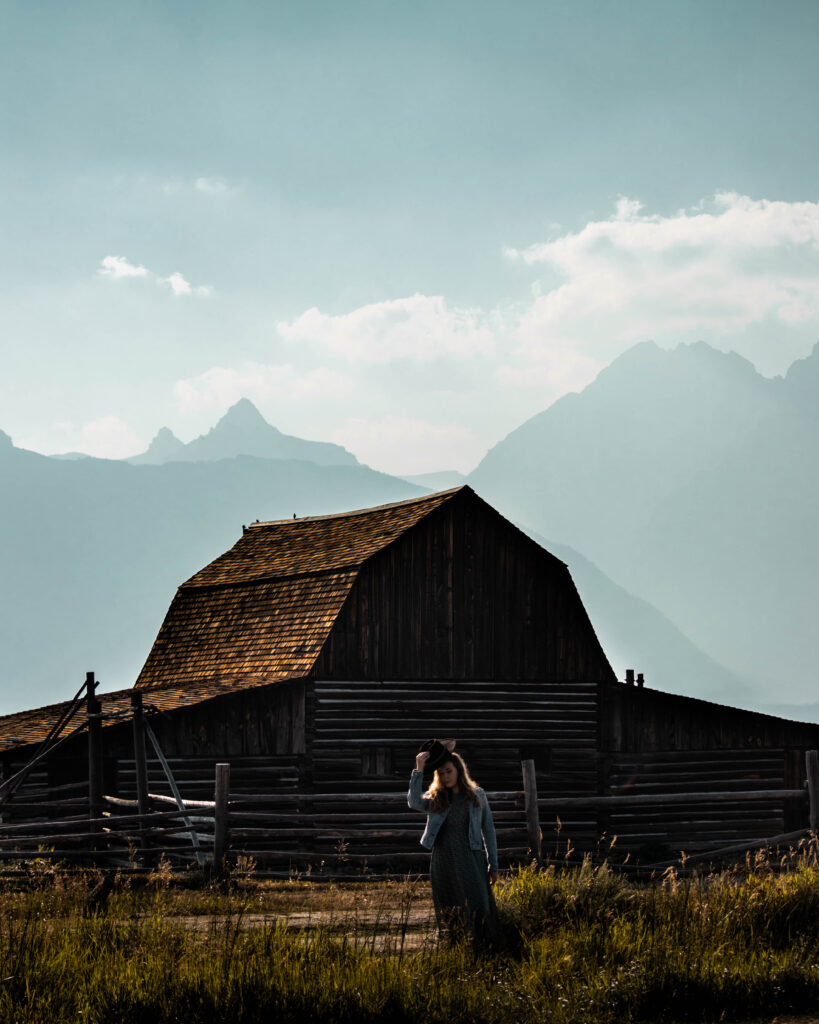
Otherwise, there are numerous sit-down and fast food restaurants in Jackson Hole, Wyoming, if you would prefer.
Just note that Wyoming’s wild western culture may differ greatly from your local culture, so don’t be surprised if the restaurants close earlier than you are used to.
Delta Lake Hike FAQs
Can you drive to Delta Lake Wyoming?
No, you cannot drive to Delta Lake. Delta Lake is only accessible by hiking from the Lupine Meadows Park Access Trailhead in Grand Teton National Park.
Can kids hike to Delta Lake?
Unless the kids are advanced hikers, no. The Delta Lake hike is not recommended for kids under 14 years old.
Can you camp at Delta Lake Wyoming?
Unfortunately, you cannot camp at Delta Lake, Wyoming. However, there are campgrounds nearby at Jenny Lake, Teton Canyon and Gros Ventre.
Can you swim in Delta Lake?
Yes! The water is freezing, but it is safe and legal to swim in Delta Lake, Wyoming.
What is the prettiest lake in Grand Teton National Park?
The prettiest lake in Grand Teton National Park is by far Delta Lake. The turquoise blue glacier water, surrounding evergreen trees and epic mountain backdrop put Delta Lake at the top.
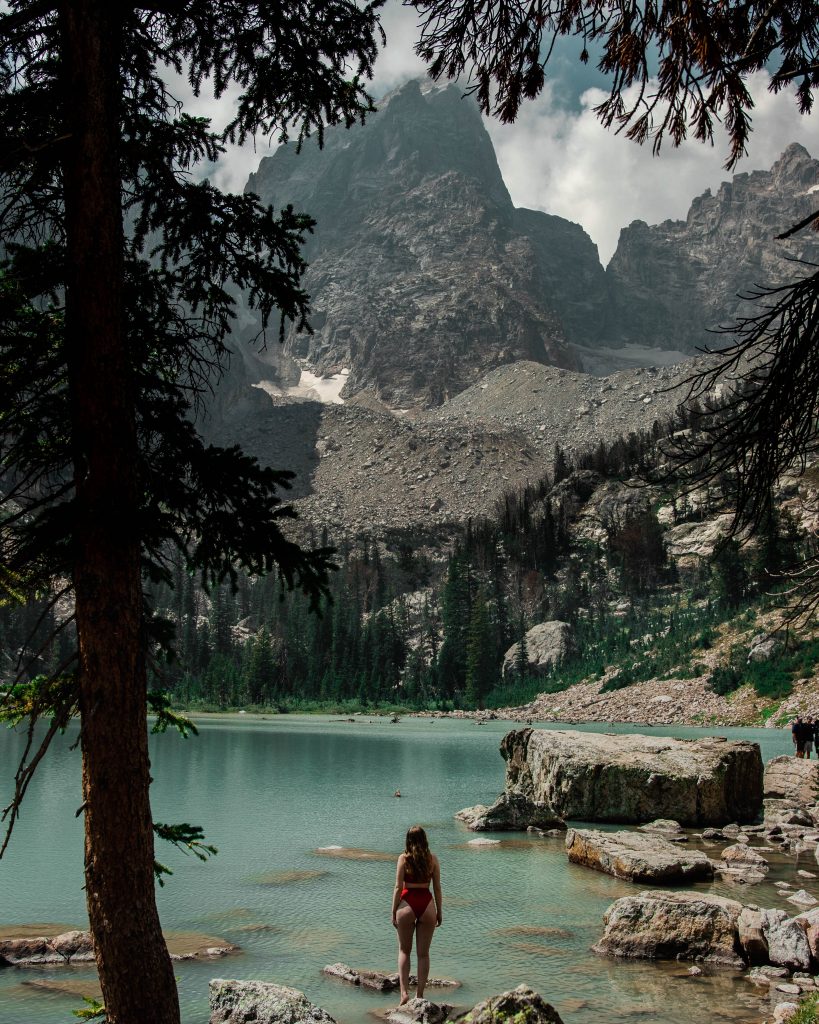
Excited to keep planning your Grand Teton trip? Check out this guide on how to spend one day in Grand Teton National Park.
More On The Delta Lake Hike
One Day In Grand Teton National Park (EPIC DAY TRIP)
Up North Instagram Captions To Make Them Double Tap
Where To Experience Glamping In South Dakota
Save These Delta Lake Hike Tips
Save these lifesaving Delta Lake hike tips for easy access later by sharing to your socials.







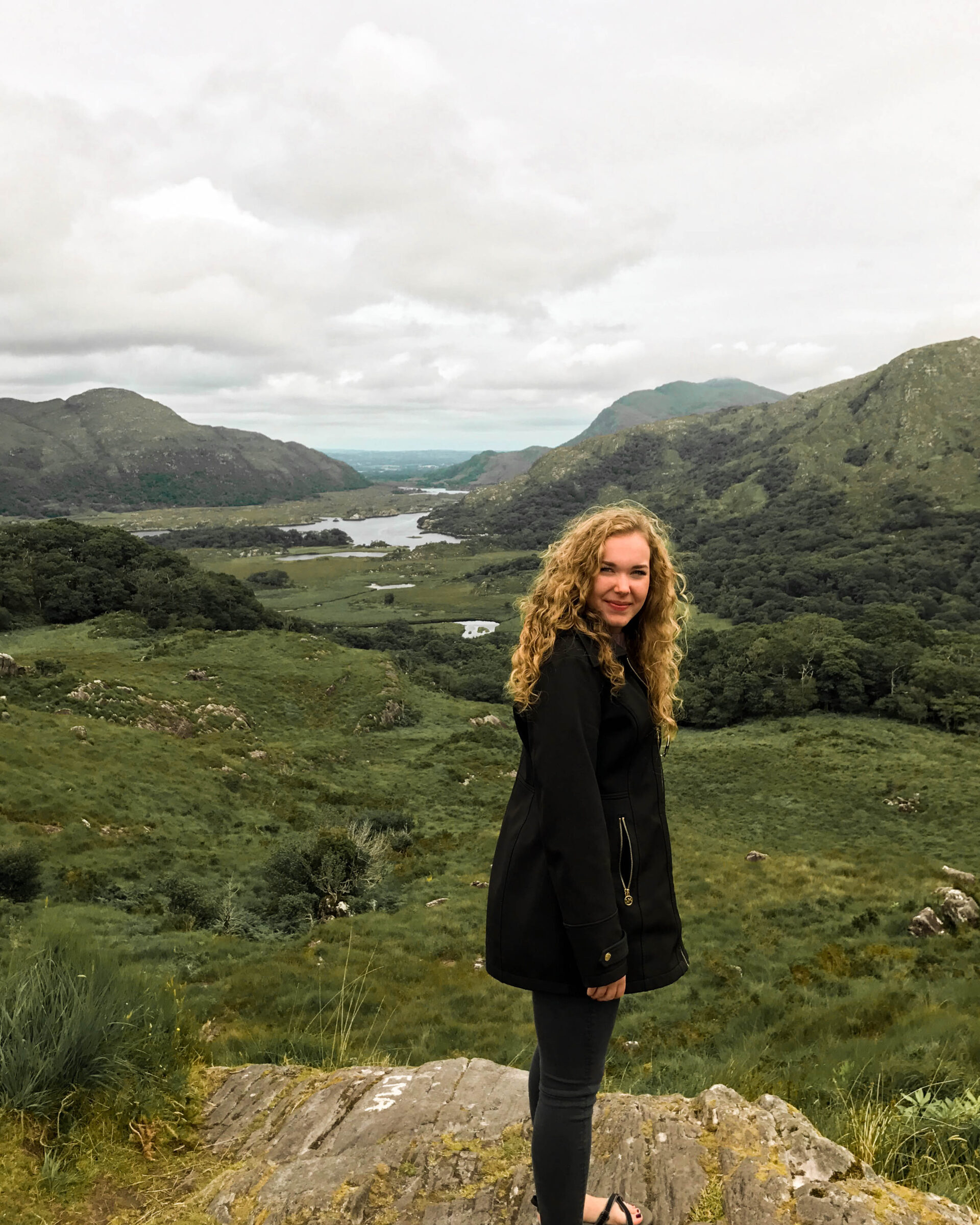
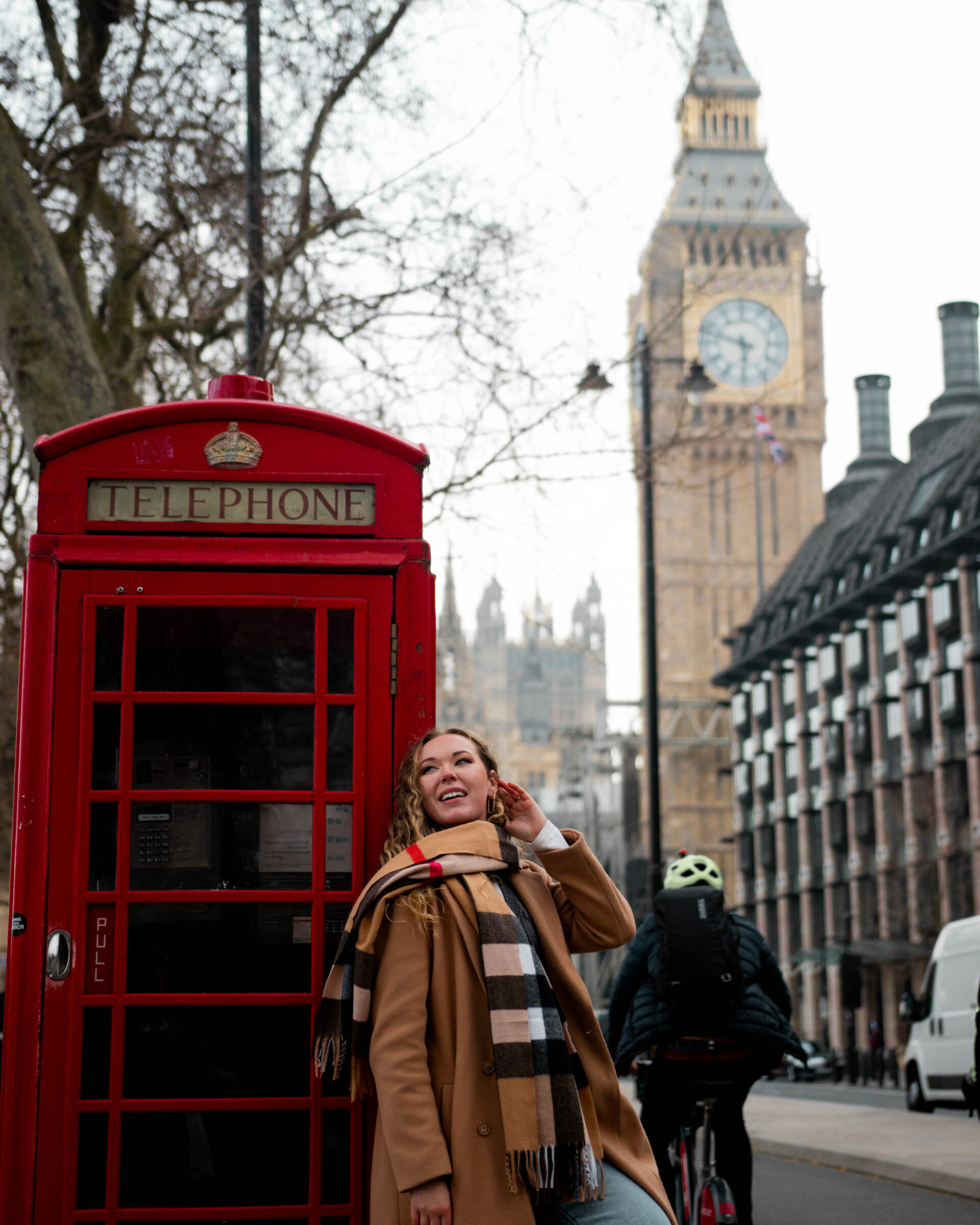
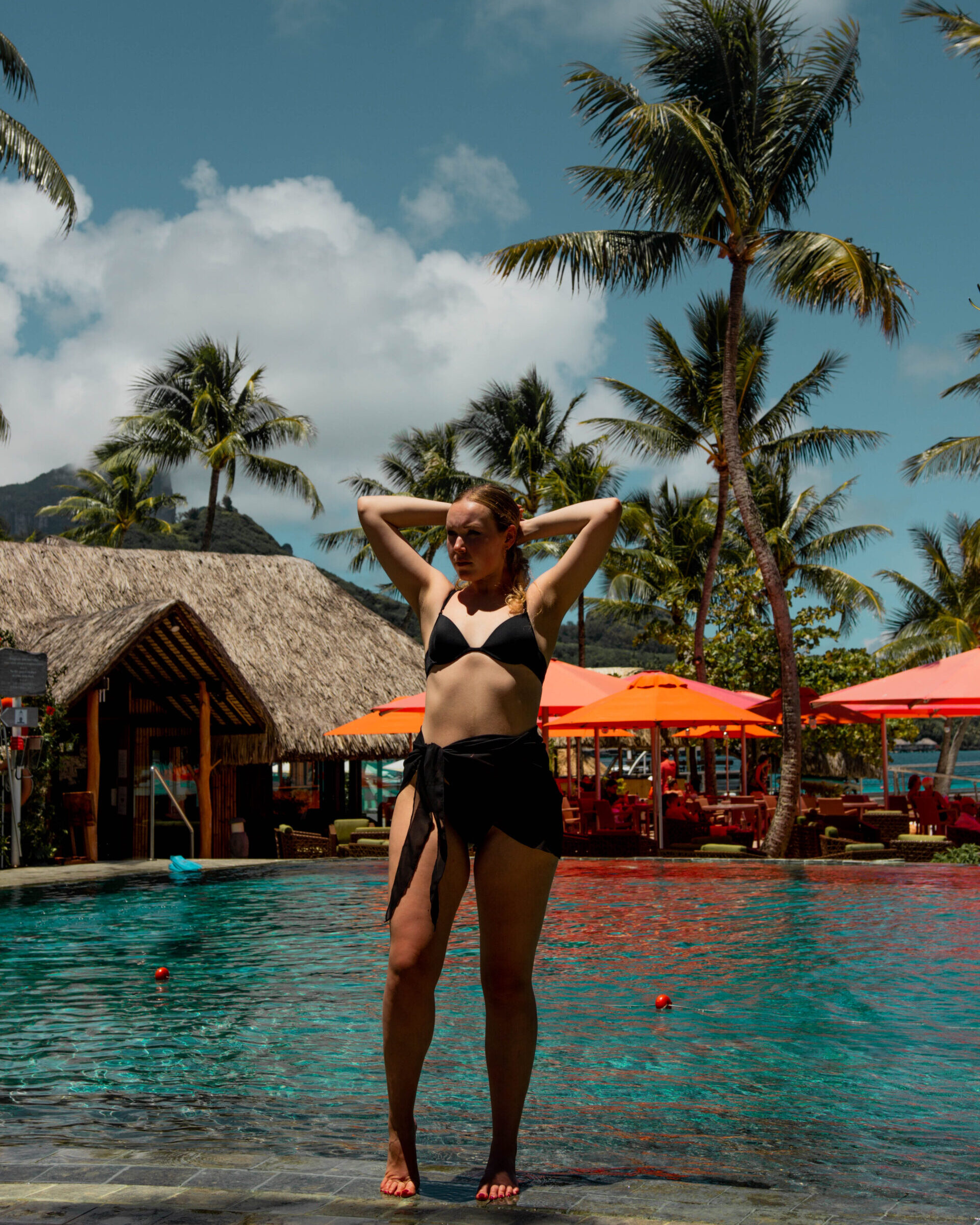


I enjoyed reading about your hike and recommendations.